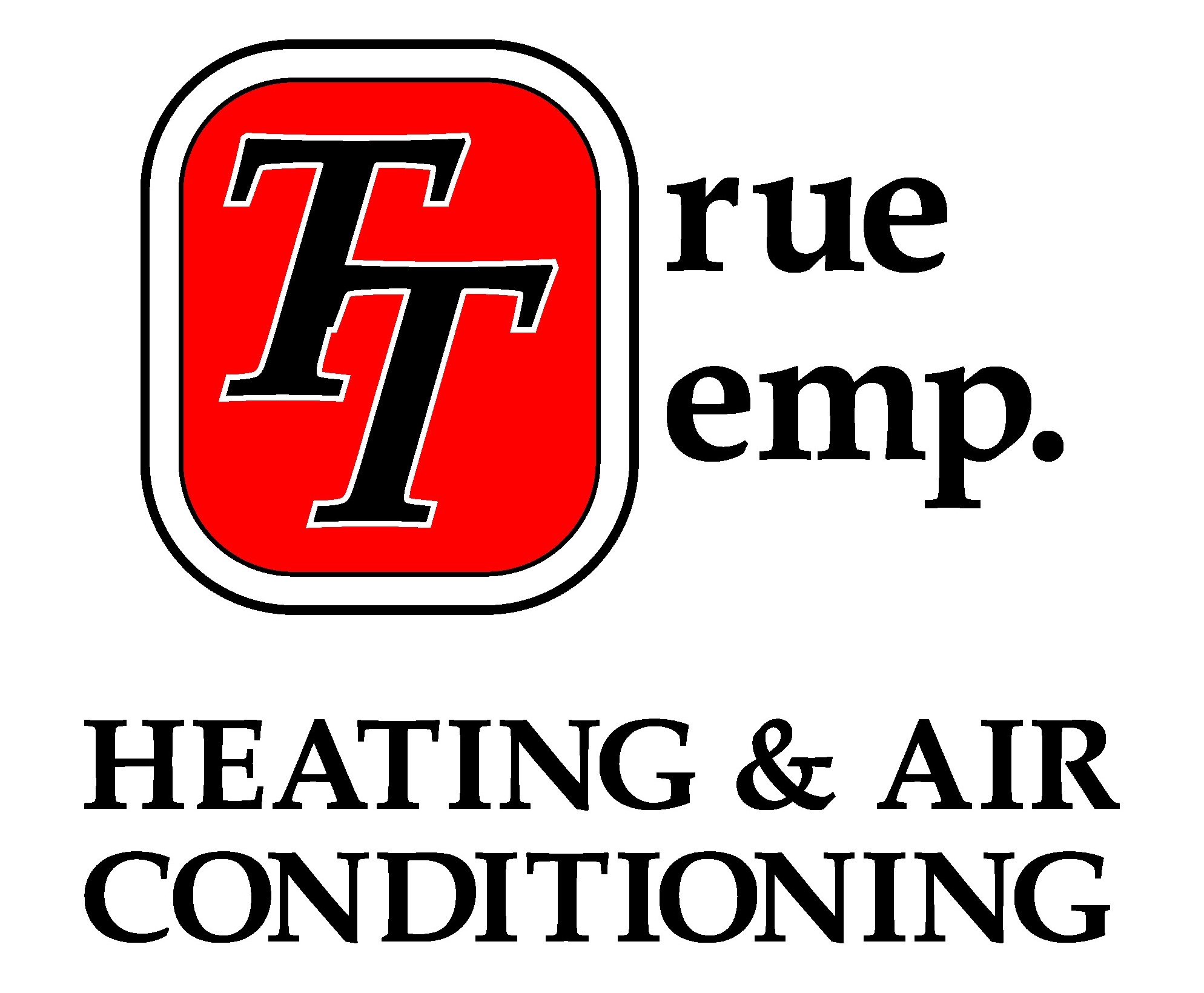
Ceiling fans are one of the most underappreciated ways to make your home more comfortable and lower energy costs. By enhancing air circulation and supporting your HVAC system, ceiling fans and energy efficiency are truly a perfect combination. They offer a practical, eco-friendly way to stay cool while easing strain on your AC—helping you avoid unnecessary air conditioning repair.
In this blog, the experts at True Temp Heating & Air Conditioning discuss how ceiling fans can keep you cool while saving you money thanks to increased HVAC efficiency. We'll also offer some HVAC efficiency tips that put to good use ceiling fans.
Comfort vs. Temperature: Getting Comfortable with the Wind-Chill Effect Indoors
Ceiling fans don’t actually lower the room temperature—they cool you down by increasing air movement across your skin. This is referred to as the wind-chill effect, and it can make a room feel up to 4 degrees cooler without lowering the thermostat. That means you feel less hot and enjoy the benefits of indoor air circulation from your ceiling fan while minimizing air conditioner use—helping reduce your electric bill in summer.
The Best of Both: Benefits of Using Fans and Air Conditioning Together
There are several benefits to using ceiling fans and air conditioning together, especially when it's very hot outside. By pairing both, you increase HVAC efficiency and maintain a comfortable indoor temperature with less work from your cooling system.
Benefits of using ceiling fans and AC together:
- Ceiling fans help lower HVAC load by moving cool air more evenly around the room. Reducing HVAC stress is important, because it can help you avoid a breakdown that may lead to premature AC or furnace installation.
- Using overhead fans improves your indoor comfort by eliminating hot spots and increasing airflow.
- Running both ceiling fans and AC can reduce overall energy use. If you have a home automation system, you can even modify your smart thermostat settings to set the temperature higher while your ceiling fan is running.
Clockwise vs. Counterclockwise Ceiling Fan Rotation: Which Direction Should a Fan Spin?
To make full use of your ceiling fans year-round, it’s important to ensure blades are rotating in the proper direction for the season. The direction affects how air circulates, which can either cool you down or gently recirculate warm air so you feel warmer.
When to spin ceiling fans counterclockwise
On hot days, ceiling fans should rotate counterclockwise at a higher speed. This creates a breeze that pushes cool air downward, amplifying the wind-chill effect and creating a cooler sensation.
When to spin ceiling fans clockwise
On cold days, set your fan to turn clockwise on a gentle setting. This softly moves cold air up and pushes warm air near the ceiling down toward you, so you feel warmer without adjusting your thermostat.
Things to Look for in a Ceiling Fan
Selecting the ideal ceiling fan depends on a few important details, such as blade design, airflow rating and room dimensions. First, look for fans that have a good balance of ECFM airflow and blade pitch to ensure efficient air movement in your home:
- ECFM is the amount of air a fan circulates—the cubic feet per minute, or CFM—per watt of electricity it uses. Fans with higher ECFM are more energy efficient.
- Blade pitch is the tilt of the blades. A steeper blade pitch moves more air but can also put extra load on the motor.
Also, consider room size when sizing a ceiling fan—a fan that’s too small won’t move as much air as you'd like, while one that’s too large may be overpowering for the room.
Increase Your HVAC Efficiency With the Team from True Temp Heating & Air Conditioning
At True Temp Heating & Air Conditioning, our HVAC specialists can help you enjoy year-round comfort while minimizing wear on your heating and cooling systems. From practical fan advice and air conditioning installation to smart thermostats and furnace repair, we offer comprehensive solutions that match your needs. Schedule your appointment by calling 706-695-7492 today.
